Mixquic is most famous for the Day of the Dead celebrations that take place here each year. On the border with the State of Mexico, it was another island kingdom, completely integrated into the chinampa canal system that characterize so much of the southeast of the city.
Mixquic’s influx of out-of-town visitors has resulted in a top-heavy Day of the Dead experience that’s growing into an annual tour of the cemeteries in the surrounding countryside. A number of private companies now offer such tours.
But Mixquic is fascinating any time of year. The church and monastery at the center of the famous graveyard are both 16th Augustinian creations. Built atop a Mixquica ceremonial center, this is ancient territory. The church atrium proudly displays both a figure of Mixquixtl, a goddess of life and death and a magnificent Chacmool sculpture, along with two of the rings used in the ancient ball game.
One of the seven original settlements in Tláhuac, the name comes from the Náhuatl mizquitl meaning “place of mesquite.” This actually betrays the fact that mesquite is another of those few English words of Náhuatl origin.
Once surrounded by the waters of Lake Chalco, the village was once the seat of an island kingdom. Long dependent on fishing, from about 1168, the island was home to the Chichimec, Chalcas and Cuitlahuacas peoples. They were later subdued by Xochimilco, and eventually by Tenochtitlán.
It was the Augustinian friars, Jorge de Ávila and Gerónimo de San Esteban, who took up the project of converting all of the local people to Christianity and they are credited with having added the name San Andrés to the existing name of Mixquic. The church complex they began building, in 1536 and 1537, was finished in 1563. An earthquake destroyed all but the bell tower and work began again in 1620.
The church today has three big naves. The wooden door still bears the original nails and brass finishings. The altarpiece shows off a Christ figure made from corn paste. Still known as the Señor de las Maravillas, the ankles, knees and shoulders are articulated to give him movement, and the hair is natural. The church’s patron saint carries a fish in his hand in recognition of Mixquic’s historical role as a fishing village.
November 1st and 2nd are still big feast days, and as the Day of the Dead observances in Mexico City keep getting bigger, they do here, too.
Beware, most visitors are not permitted within the cemetery after about 10 p.m. on the night of November 2nd. This is the highlight of the festivities, and most visitors will find themselves in the rather carnival-like atmosphere outside.
Many of the cemeteries in the surrounding Chinampa Towns also draw international and Mexican visitors.

Nearest at 0.06 kms.

Nearest at 0.33 kms.
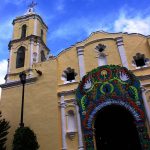
Nearest at 1.17 kms.
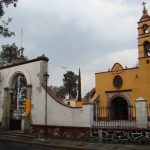
An 18th-century temple at one of Xochimilco's original settlements...
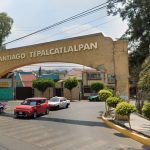
One of 14 original settlements in Xochimilco, this one is home to the UNAM Dept of Art and Design...
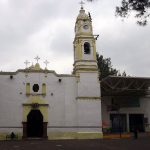
The parish church of San Gregorio Atlapulco, in Xochimilco...
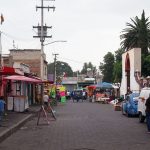
One of Xochimilco's most famous and charming farm towns...
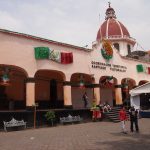
One of the most important of the Chinampa Towns in Mexico City's east...